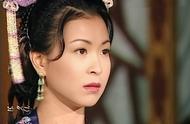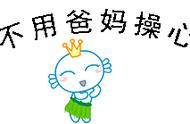
Mid-Autumn Festival
The Mid-Autumn Festival, also known as the Moon Festival, is a traditional Chinese holiday that falls on the fifteenth day of the eighth lunar month. This festival has deep cultural and historical significance in China and is celebrated with great fanfare and enthusiasm.
The Mid-Autumn Festival is considered a time for family reunion, as it is believed that the moon is at its brightest and roundest on this day, symbolizing the completeness of family and harmony. The festival began as a way to worship the moon and to celebrate the bountiful harvests of the farming season.
Celebrations typically begin on the eve of the festival, with family members gathered together to enjoy delicious mooncakes, which are round cakes with a filling of bean paste, fruit, or egg yolk. The mooncakes are often given as gifts to relatives and friends, symbolizing the sharing of happiness and good wishes.
Another important tradition of the Mid-Autumn Festival is the赏月 (shǎng yuè) or appreciation of the moon. People believe that on this day, the moon is at its brightest and roundest, and gazing at the moon under the clear sky is considered to bring good luck and prosperity.
In modern times, the Mid-Autumn Festival has become a time for旅游 (lǚ yóu) or travel, as many people flock to scenic spots to enjoy the beauty of nature and the moon. The festival also sees a surge in activities such as lantern making, singing and dancing performances, and community gatherings.
总体而言 (zǒng tǐ ér yán), the Mid-Autumn Festival is a joyous occasion that brings people together to celebrate family, tradition, and culture. It is a time for sharing, giving, and receiving good wishes, and a time to appreciate the beauty and bounty of nature.















